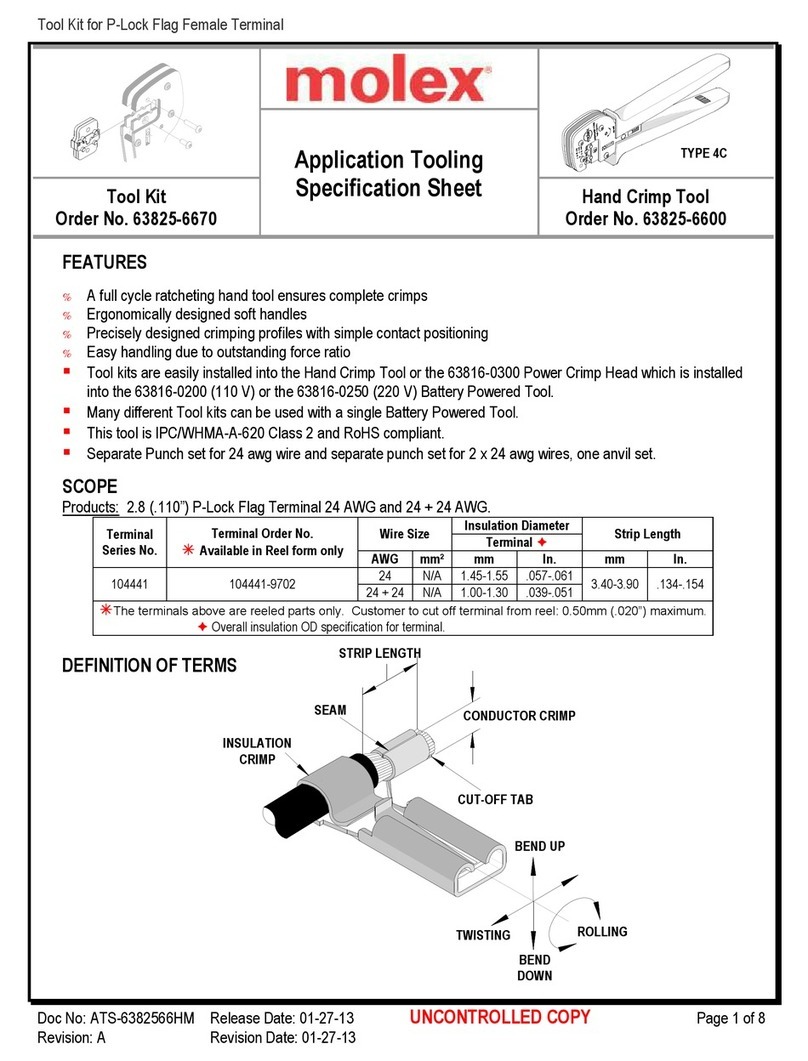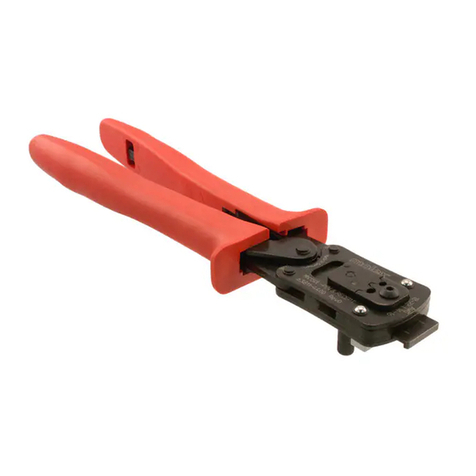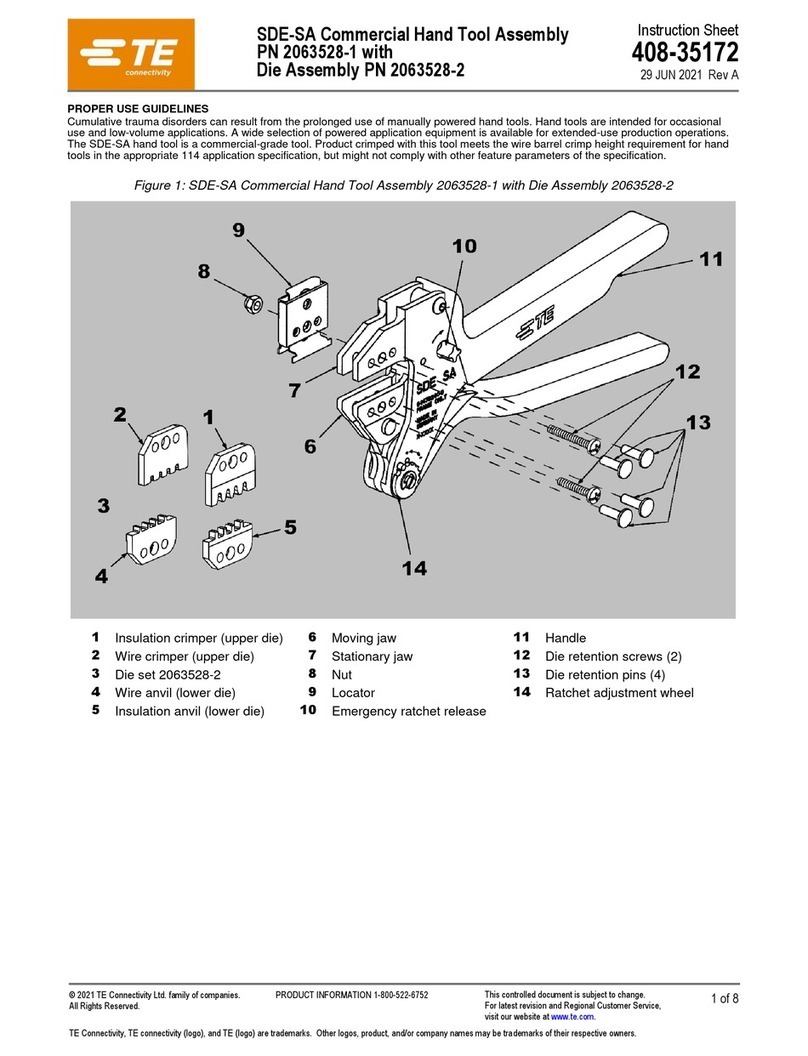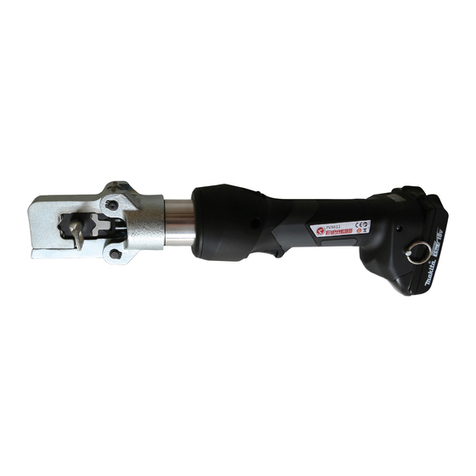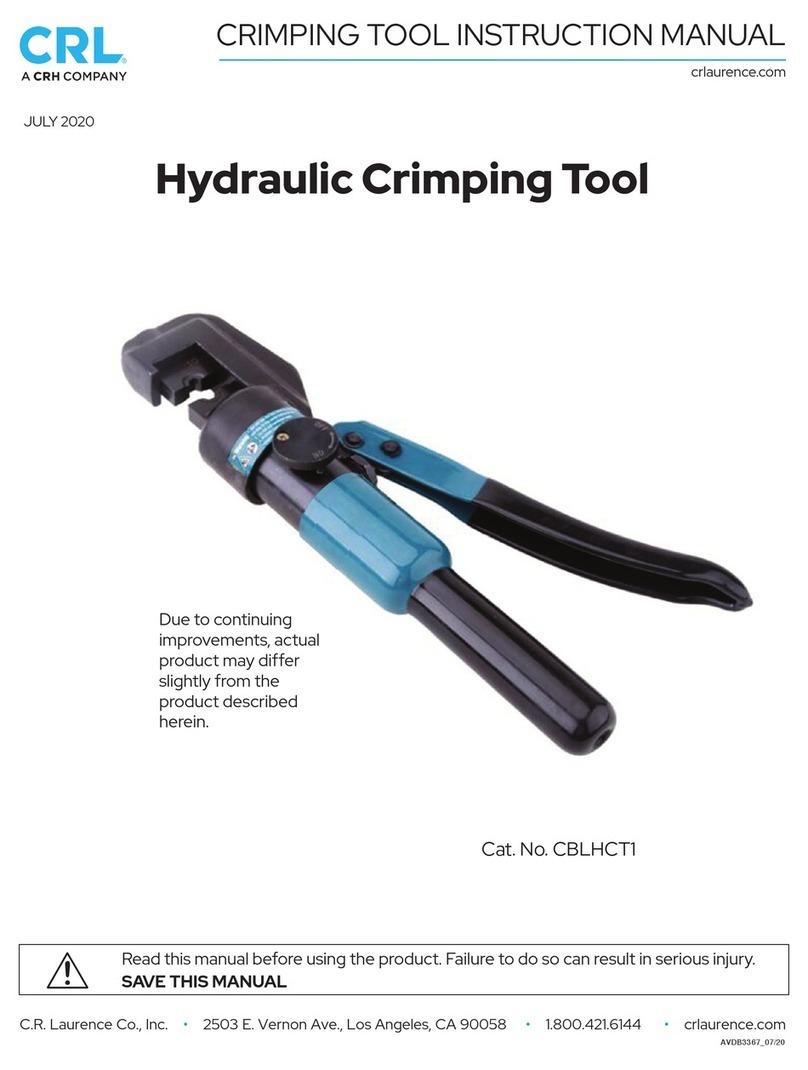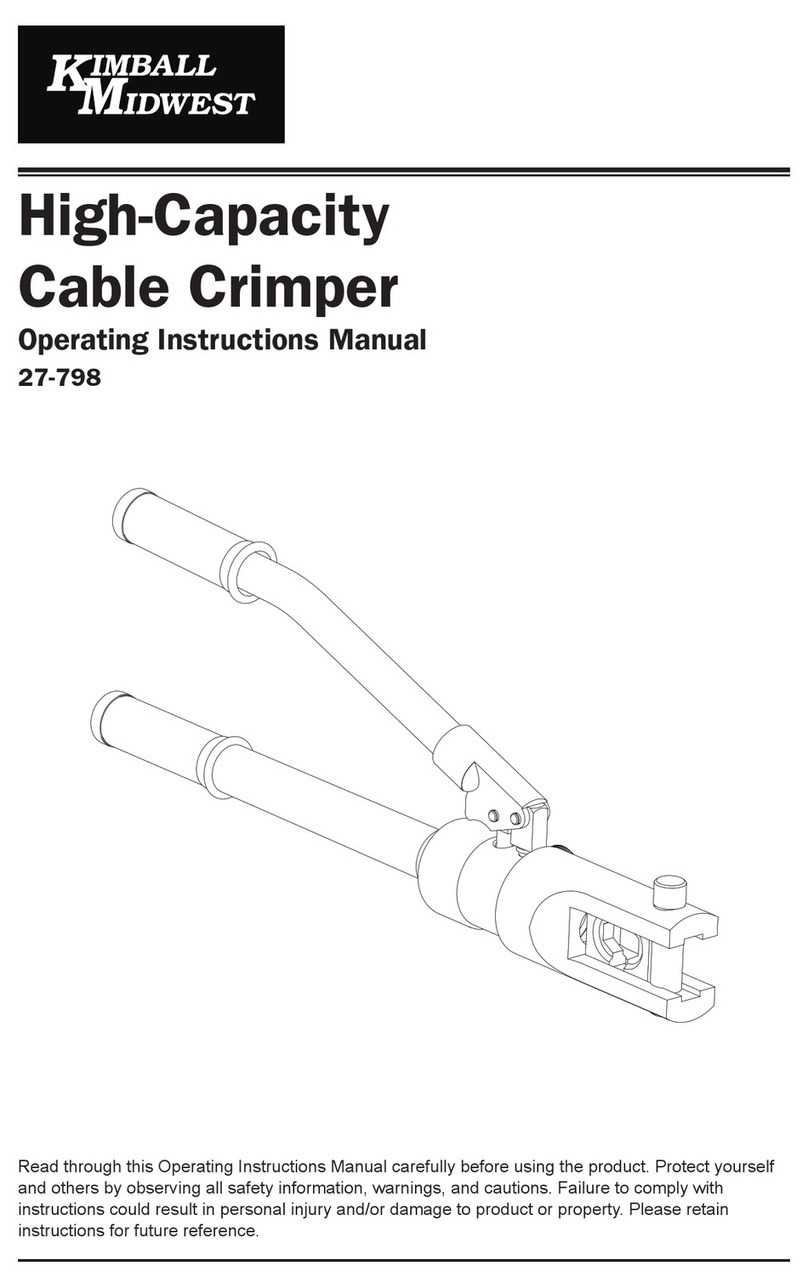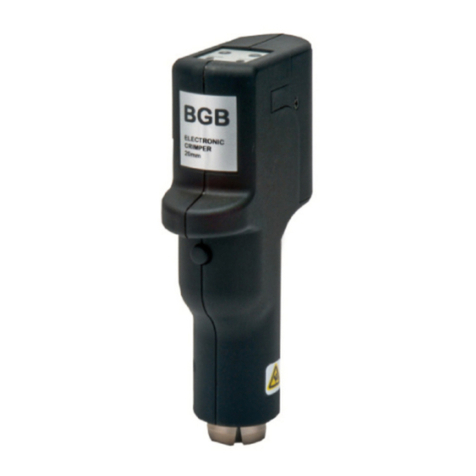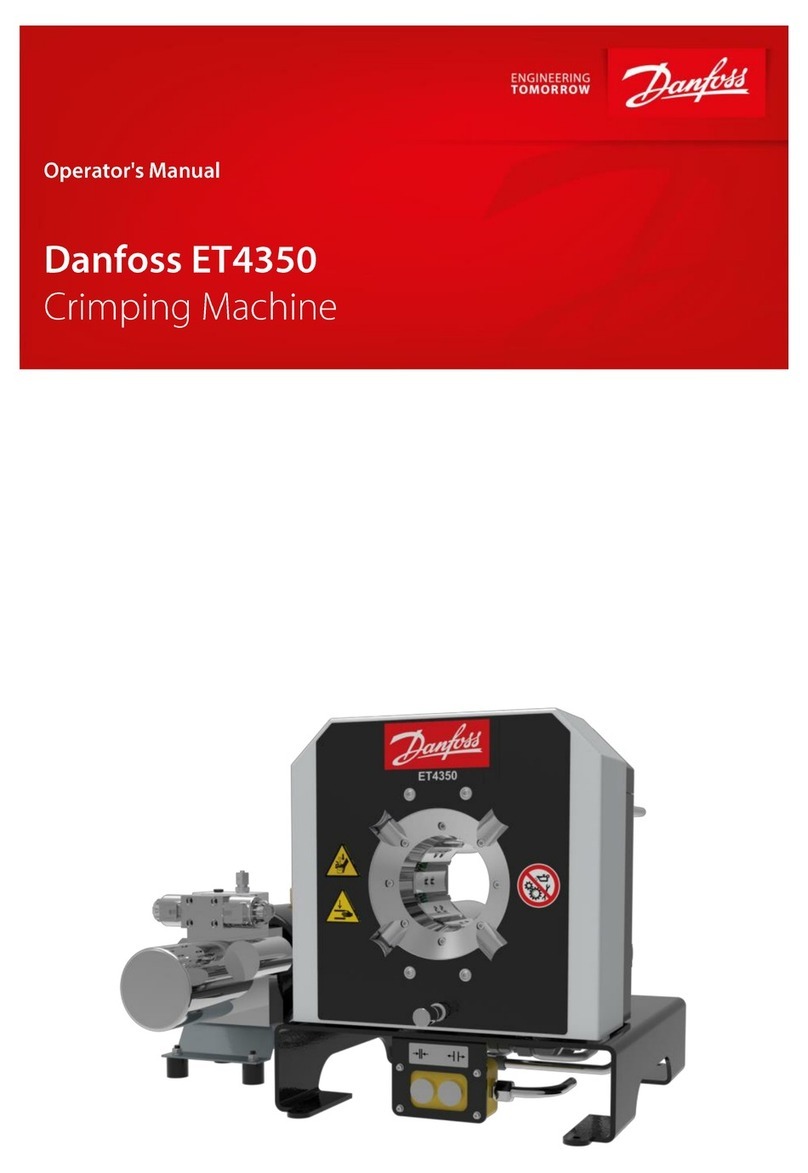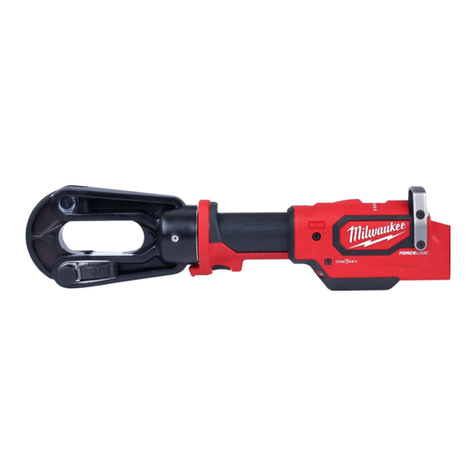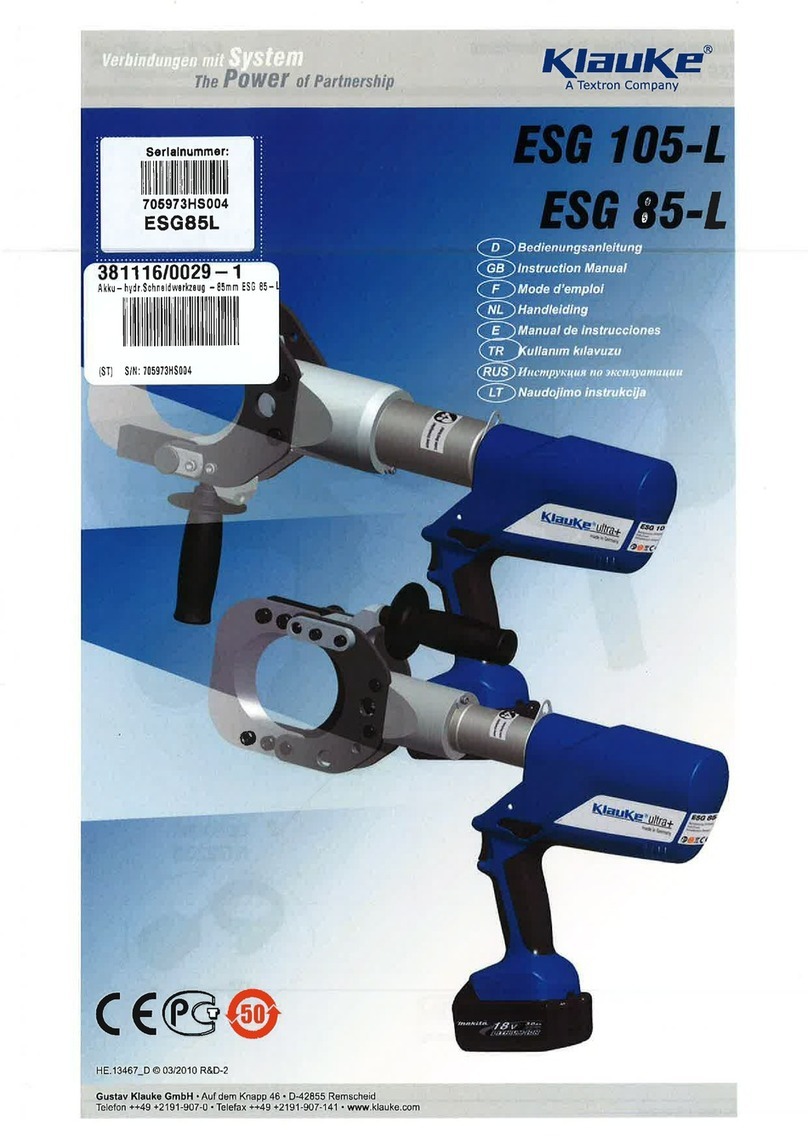molex 63827-3070 User manual
Other molex Crimping Tools manuals

molex
molex 207129 Series User manual

molex
molex 59354 User manual
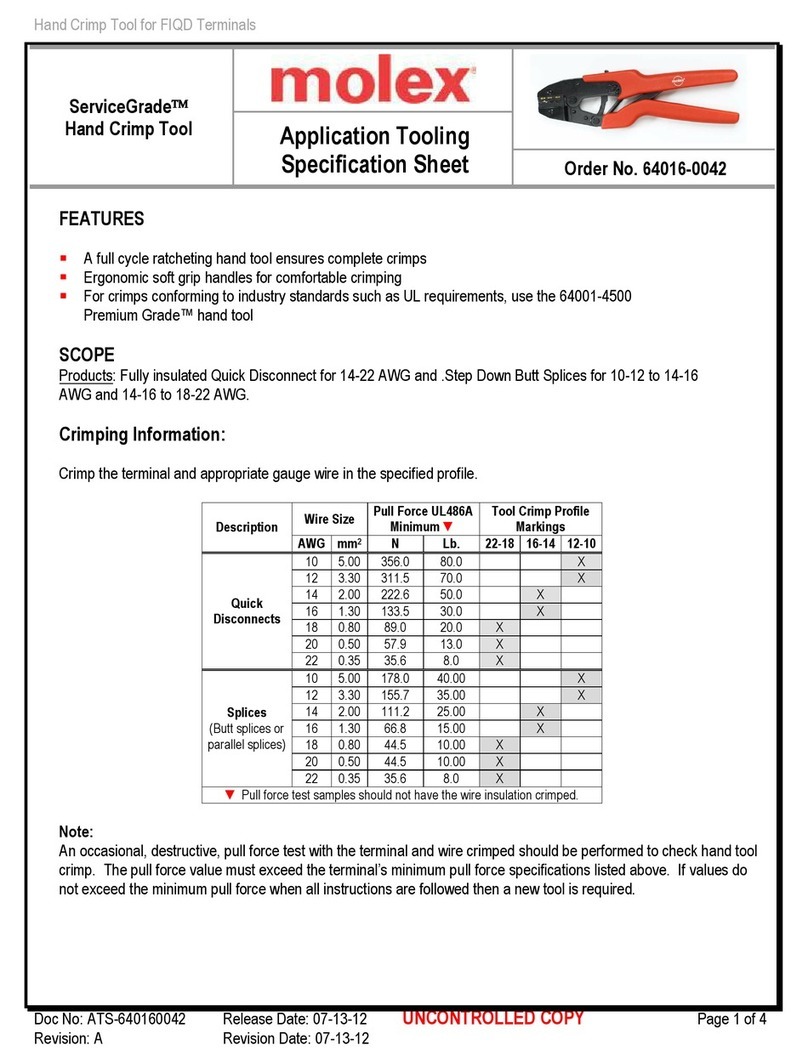
molex
molex 207129 Series User manual
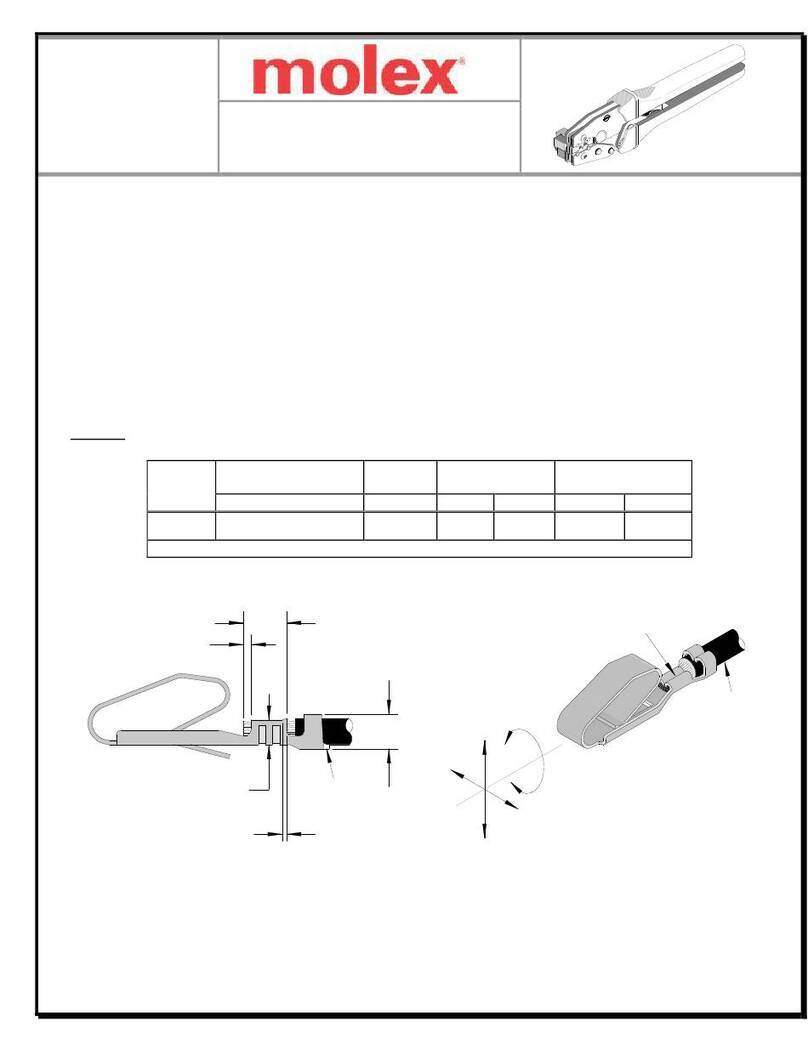
molex
molex 63819-4900 User manual
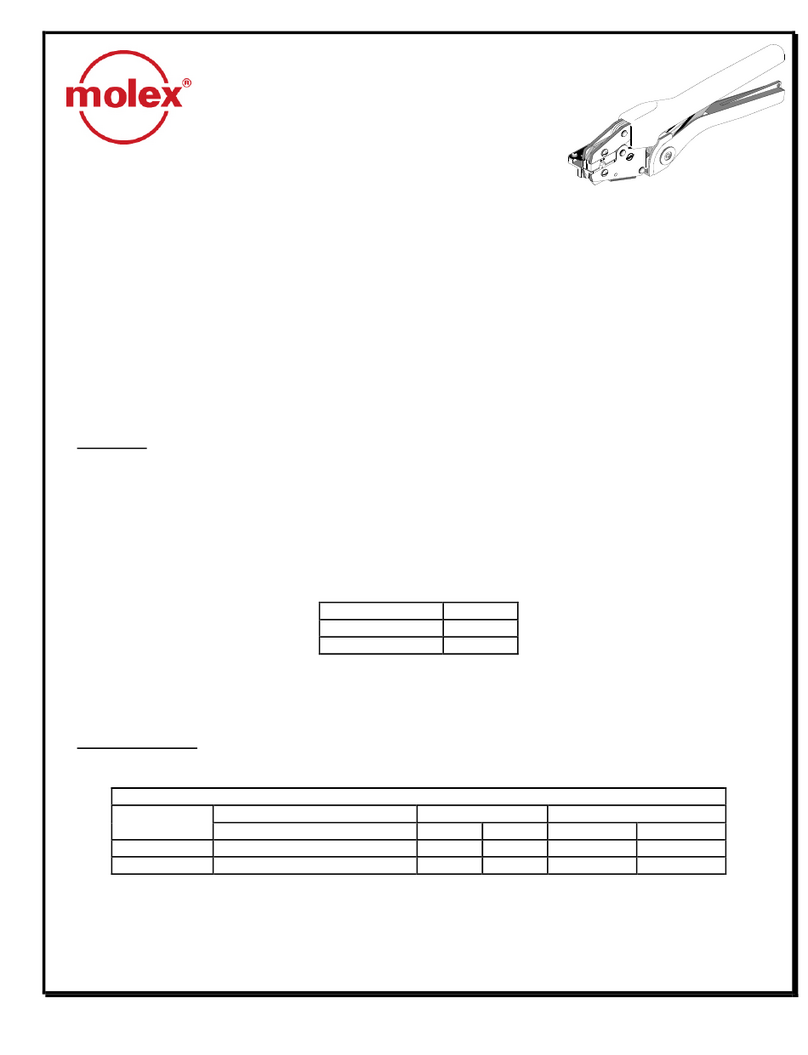
molex
molex 64001-7300 User manual

molex
molex 63825-8100 User manual
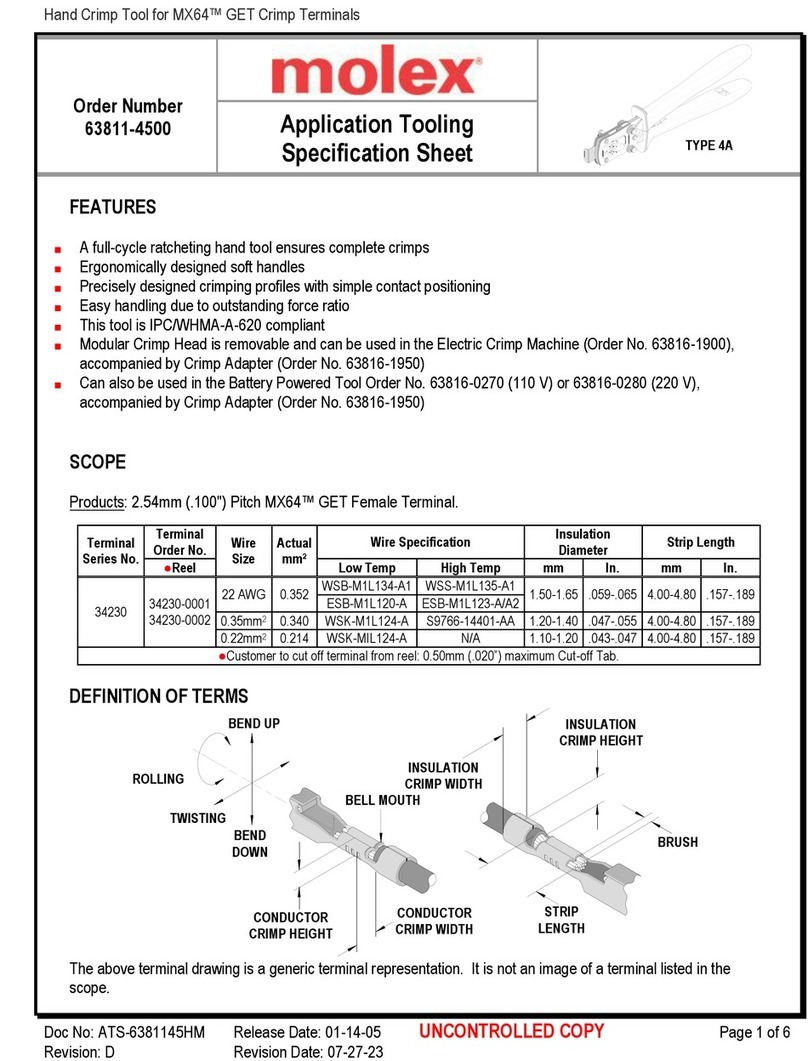
molex
molex 207129 Series User manual

molex
molex 207129 Series User manual
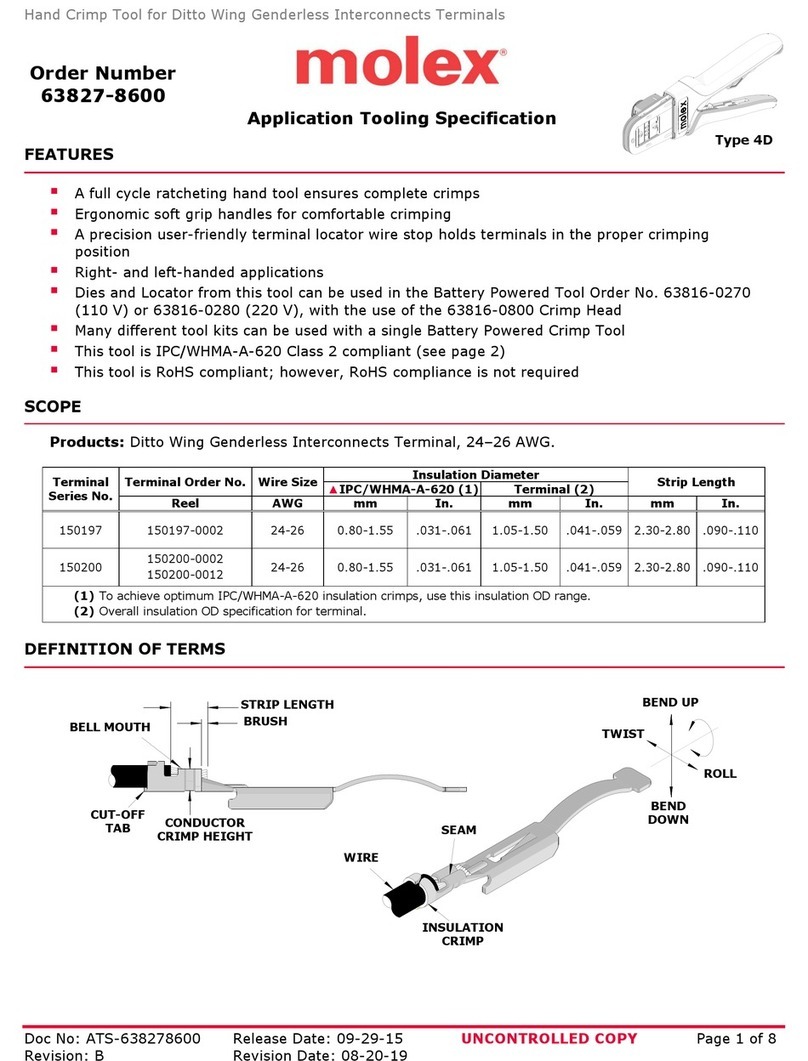
molex
molex 63827-8600 User manual
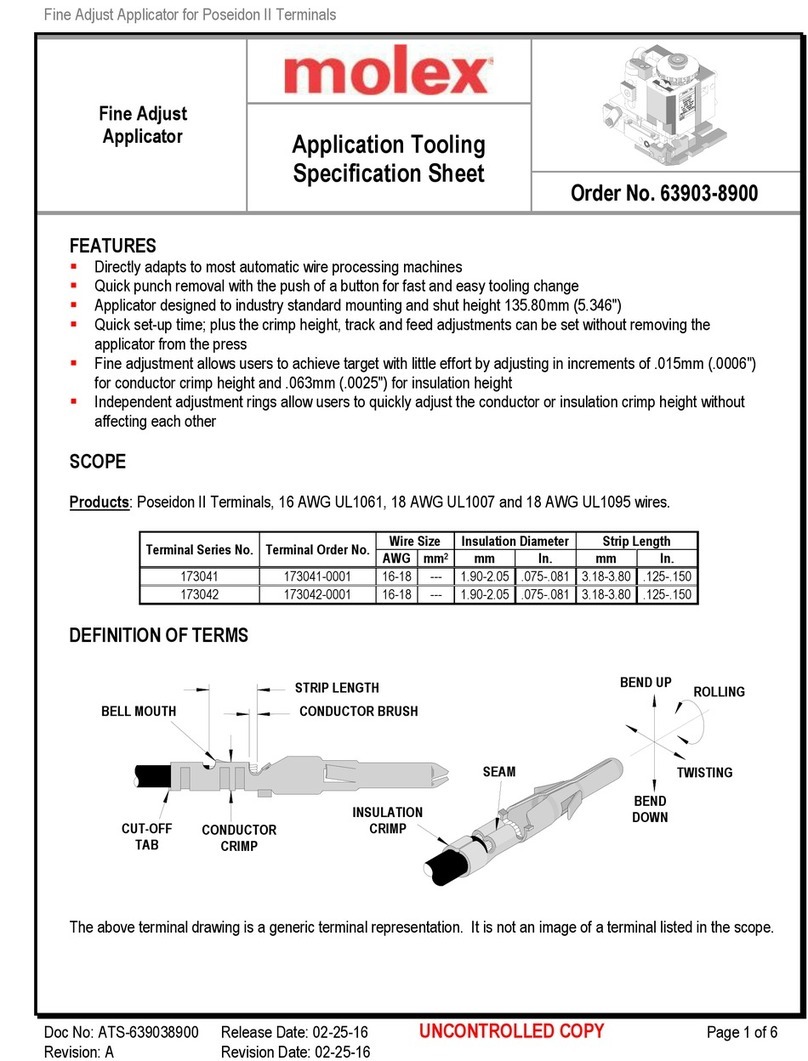
molex
molex 63903-8900 User manual
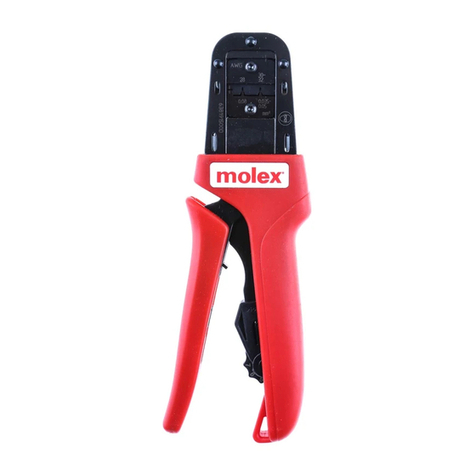
molex
molex 63819-1500 User manual
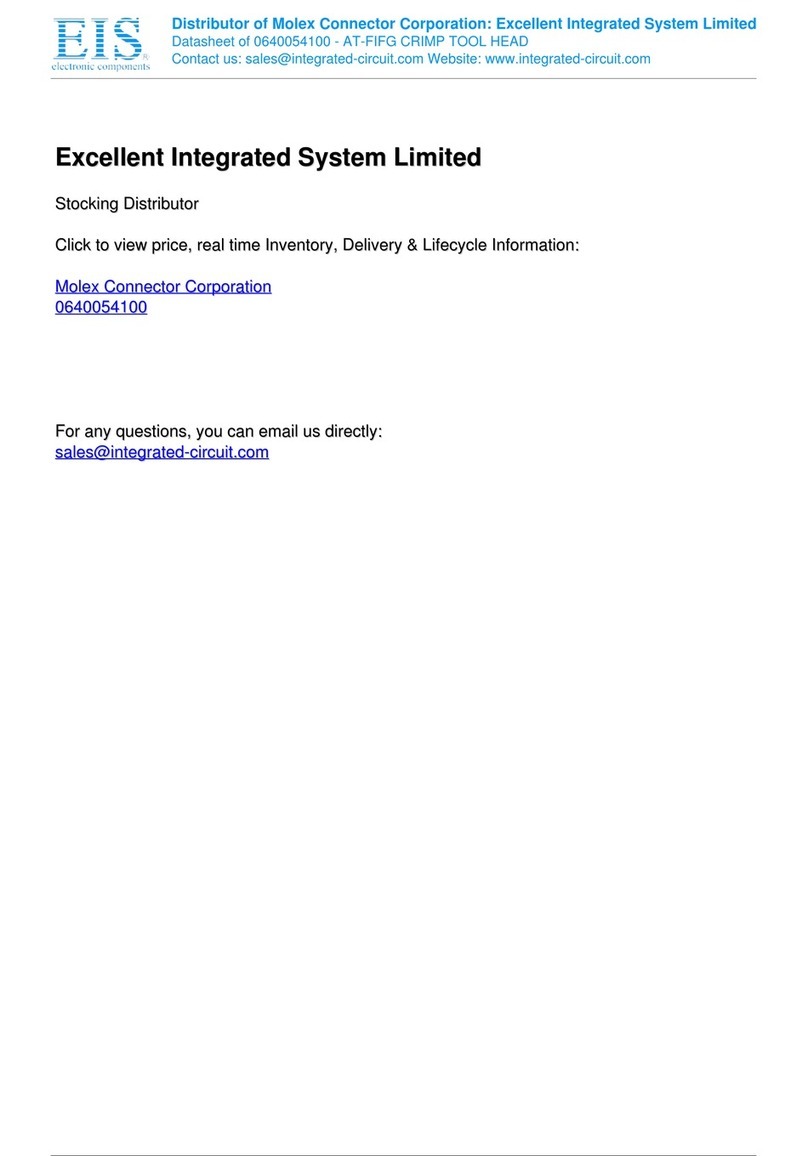
molex
molex 64005-4100 User manual

molex
molex 207129 Series User manual
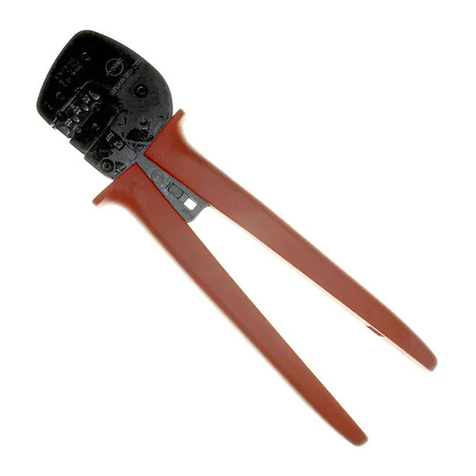
molex
molex 43178 Series User manual
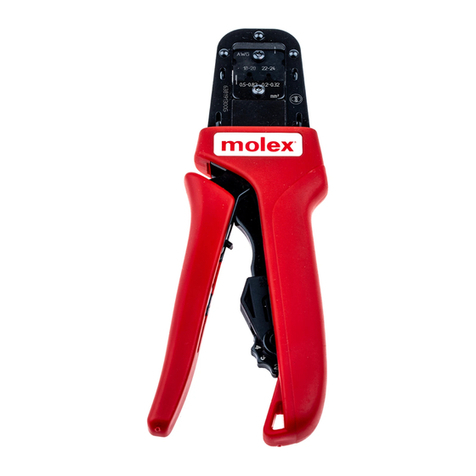
molex
molex 63819-1300 User manual
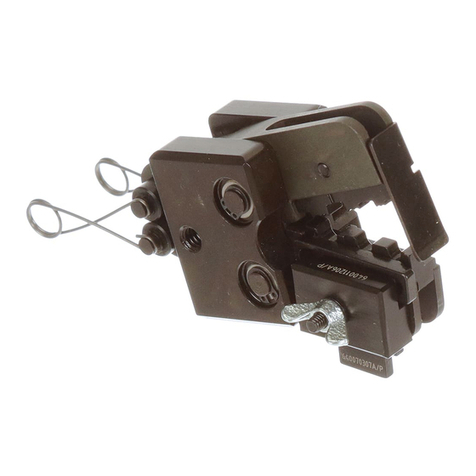
molex
molex AT 1992 User manual

molex
molex 207129 Series User manual

molex
molex 207129 Series User manual

molex
molex 207129 Series User manual

molex
molex 50098 Series User manual
Popular Crimping Tools manuals by other brands
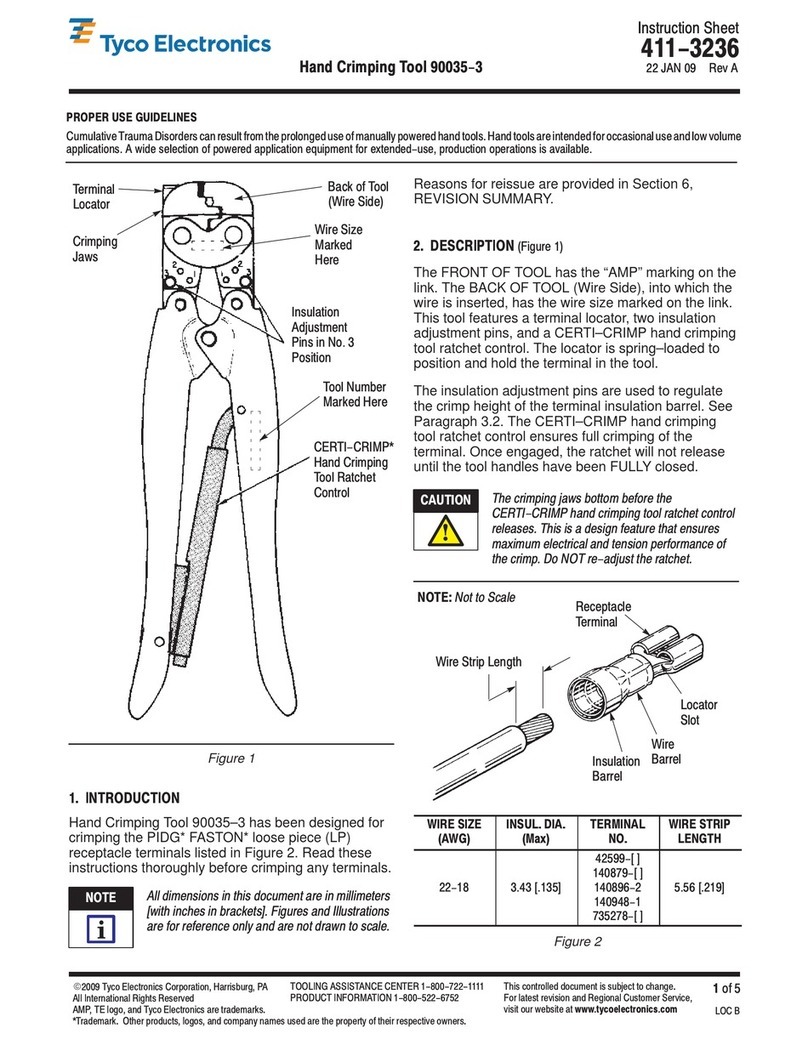
Tyco Electronics
Tyco Electronics 90035-3 instruction sheet
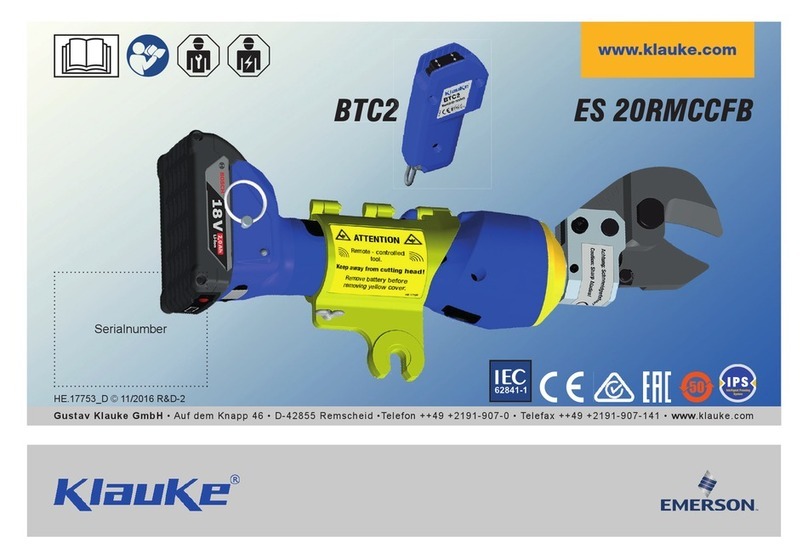
Emerson
Emerson Klauke ES 20RMCCFB manual

Continental Refrigerator
Continental Refrigerator PC150HD quick start guide
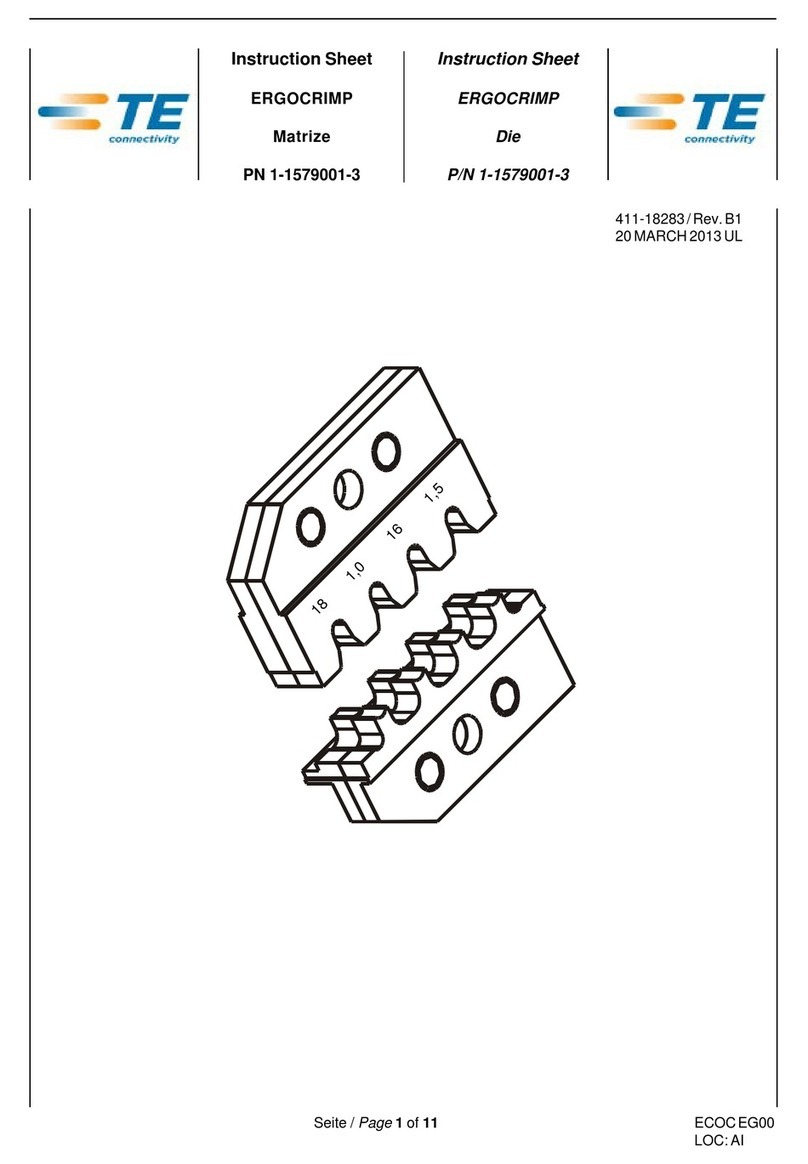
TE Connectivity
TE Connectivity ERGOCRIMP 1-1579001-3 instruction sheet

Tyco Electronics
Tyco Electronics CERTI-CRIMP 90418-1 instruction sheet
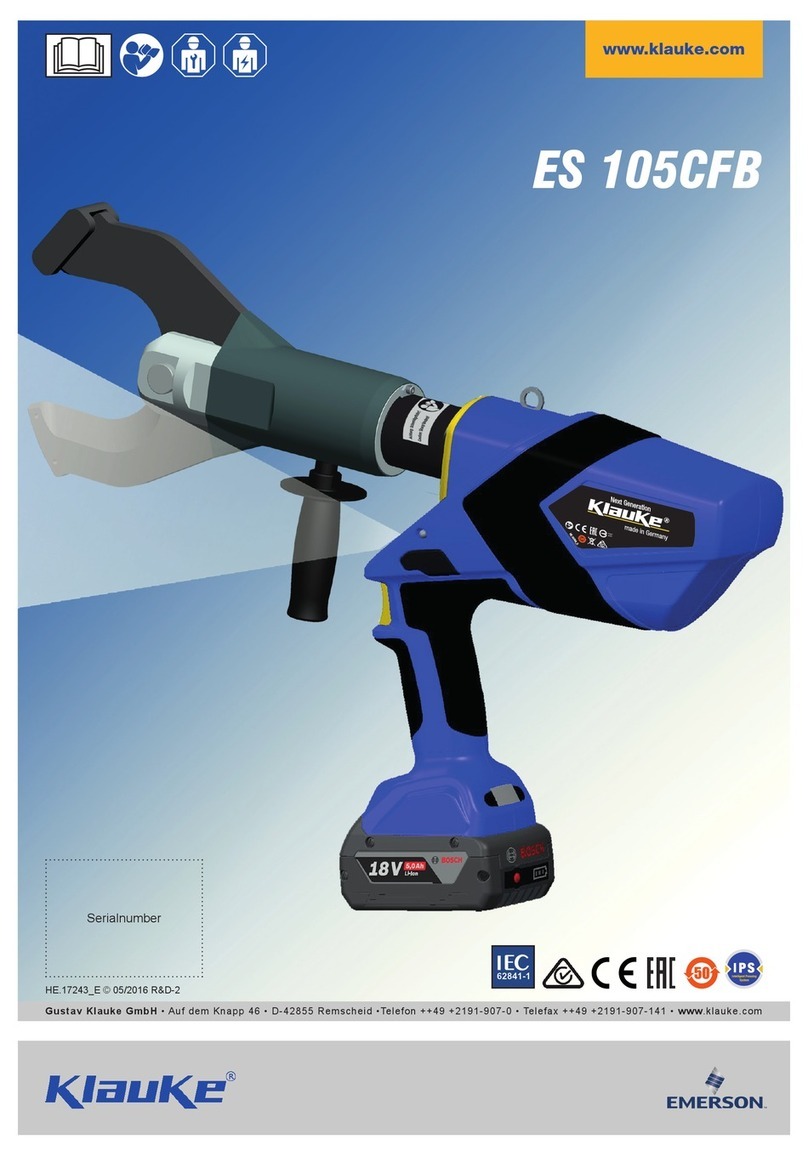
Emerson
Emerson Klauke ES 105CFB manual
